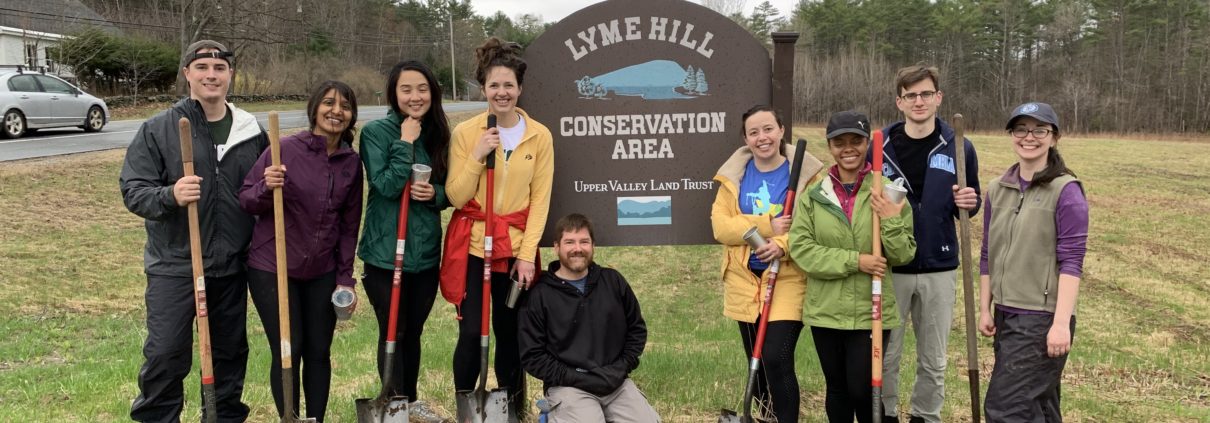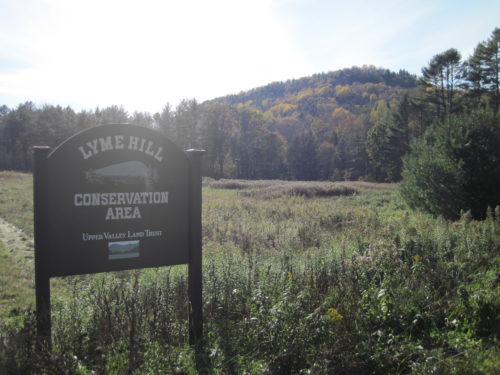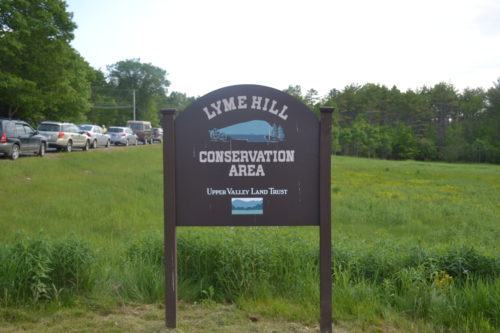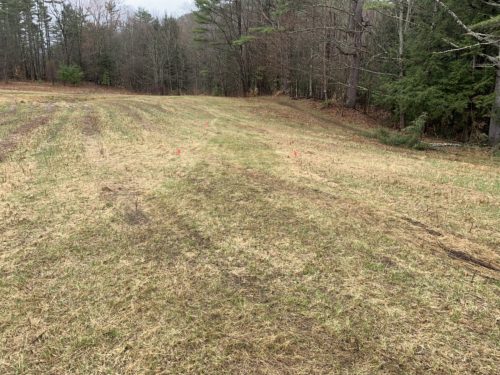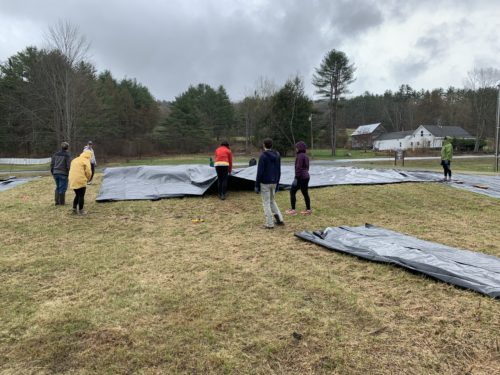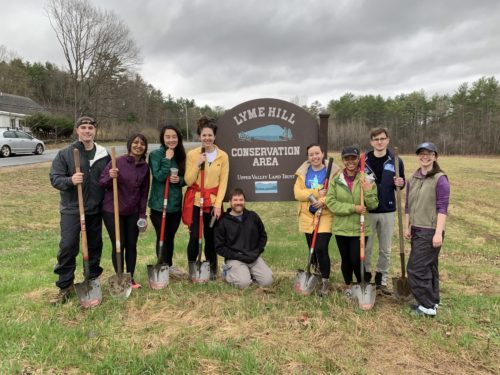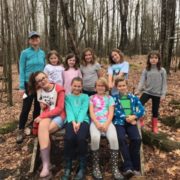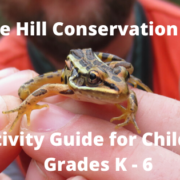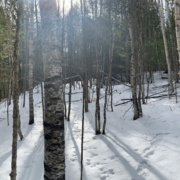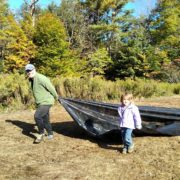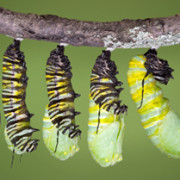Meadow Management at Lyme Hill Conservation Area
Lyme Hill Conservation Area is 238 acres of mostly forested, hilly landscape on Route 10 right outside of the village of Lyme. The conservation area is owned by the Upper Valley Land Trust and has been managed for a mix of recreation and wildlife habitat over the years.
Outside of the forest and trails, there is a 3.6 acre meadow along route 10 where the eastern entrance to Lyme Hill Conservation Area is. UVLT has managed this meadow with a yearly mowing regime that creates and maintains soft field edges. Soft edges are a transitional area between habitat types – eg. between woods and field. The soft edges create what’s known as an edge habitat that is made up of a variety of species of plants, including brushy shrubs, woody plants, and young trees that provide cover, food, and habitat for a type of wildlife known as “edge species”. Because these edges appeal to wildlife in both the woods and the meadow, and those that only favor the edges, they are generally very diverse habitats.
In 2018 UVLT was awarded a grant from the Lyme Foundation to, in addition to the continued management of the current meadow, install a quarter acre pollinator garden to the north of the parking lot. The initiative to build this pollinator garden was an outgrowth of UVLT’s work as a member of the Upper Valley Pollinator Partners, a group formed to educate Upper Valley residents about the causes for the decline in pollinators, including their food and habitat requirements, and encourage the creation of new pollinator habitat across our region.
Last week UVLT took the first steps in converting a current field into a pollinator garden. The site was marked and mowed as short as possible to the north and wrapping around to the west of the parking lot. Cutting the grass so short is done to stress the grass into sending up more energy from its roots. Then, with the help of seven students from the Tuck School of Business, we laid down thousands of feet of 6 millimeter thick black plastic to cover the grass. The plastic will remain through the summer. This will solarize the grass and seed bank underneath the plastic using the intense heat and lack of light.
The use of plastic to solarize the grass was a choice made by UVLT staff after speaking with Cathy Neal of UNH Cooperative Extension. Dr. Neal is a professor and Landscape Horticulture Specialist who has been studying the different ways to install effective and successful pollinator gardens in New Hampshire. Her research has shown that black plastic is more effective in northern climates than clear plastic. By deciding to solarize, we were able to avoid the use of herbicides as well as the removal of the sod layer. Removing the sod and tilling the soil is typical garden preparation but it also removes soil carbon and destroys the soil structure, two things we wanted to avoid.
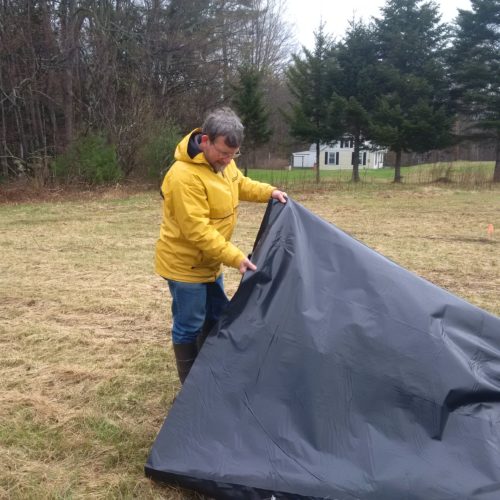
Vice President of Stewardship and Strategic Initiatives John Roe laying out the first sheet of black plastic.
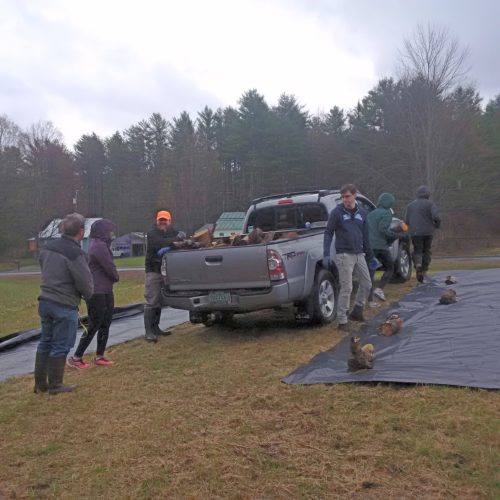
Seven students from the Tuck School of Business volunteered their time on a rainy April morning to help lay out over a quarter acre of black plastic sheeting.
The black plastic will remain covering the quarter acre of land near the parking lot until October 2019. At that time the plastic will be removed and we will apply our custom NH seed mix to the site. In the spring of 2020 we should begin to see the first plants of our pollinator garden germinate! Until that time we ask that folks please stay off the plastic as any holes let light and air through to the plants we are trying to kill.

